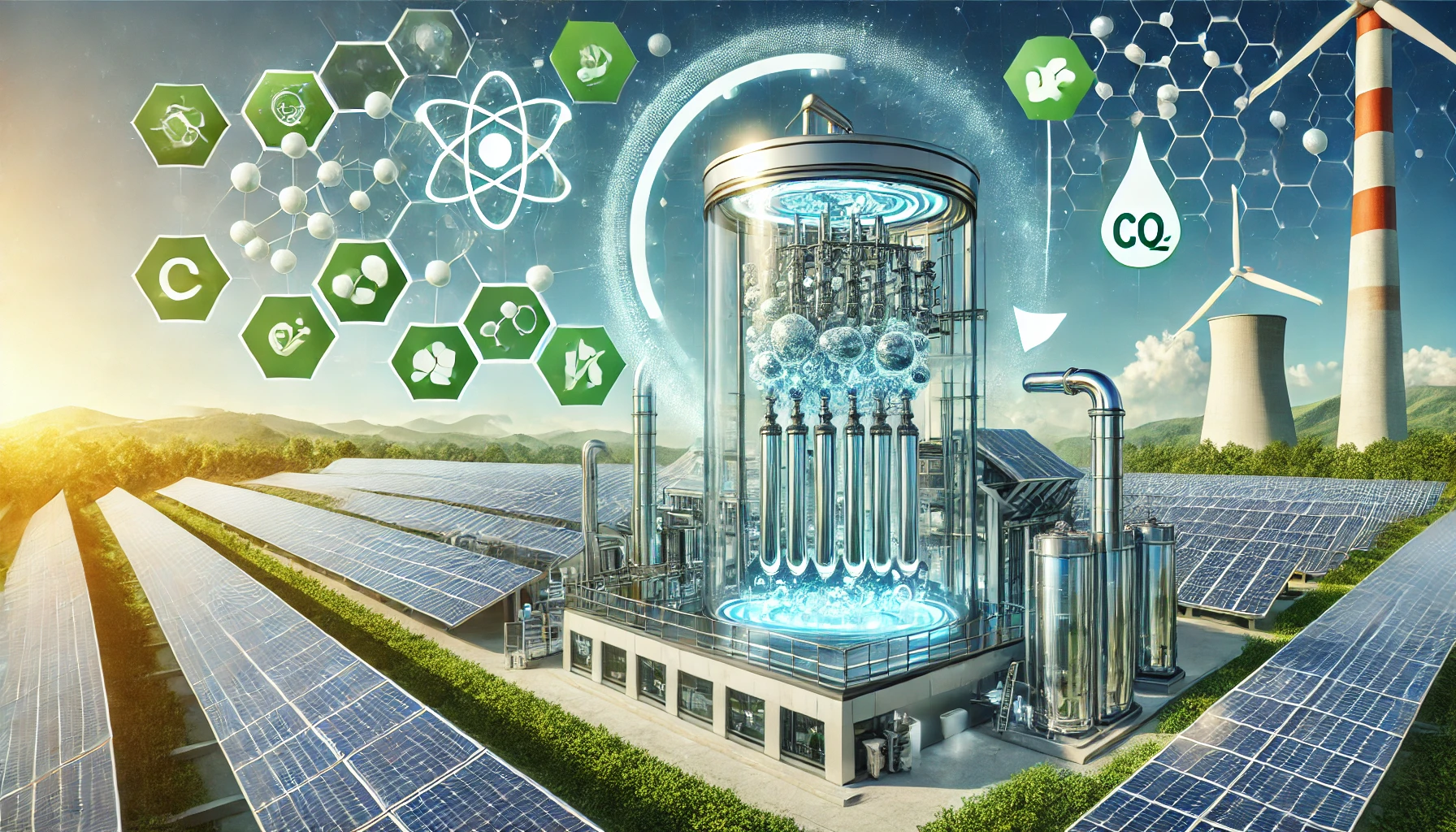Skip to content
Key Features:
- Function:
- Captures CO2 directly from the air.
- Converts CO2 into syngas (a precursor for fuels and chemicals) using sunlight.
- Energy Source:
- Powered entirely by sunlight (no external energy or fossil fuels required).
- Process:
- Night: Specialized filters absorb CO2 from the air.
- Day: Sunlight triggers a chemical reaction, converting captured CO2 into syngas.
- Uses a semiconductor powder to absorb ultraviolet radiation and a mirror to concentrate sunlight for efficiency.
- Scalability:
- Easier to scale than traditional carbon capture methods.
- Potential for decentralized use in remote or off-grid locations.
Applications:
- Sustainable Fuels:
- Syngas can be converted into liquid fuels for cars, planes, and other vehicles.
- Chemicals & Pharmaceuticals:
- Syngas is a key intermediate for producing essential chemicals and drugs.
- Circular Economy:
- Reuses CO2 instead of storing it underground, creating a sustainable loop.
Advantages Over Traditional Carbon Capture:
- No Fossil Fuels:
- Unlike traditional Carbon Capture and Storage (CCS), it doesn’t rely on fossil-fuel energy.
- No Transportation or Storage:
- Eliminates the need for transporting and storing pressurized CO2.
- Circular Process:
- Converts CO2 into useful products instead of burying it.
Future Goals:
- Liquid Fuel Production:
- Researchers are working on converting syngas into liquid fuels.
- Large-Scale Testing:
- Building a larger reactor for real-world testing in spring 2025.
- Decentralized Use:
- Potential for individuals to generate their own fuel in remote areas.
Research & Commercialization: Developed By: University of Cambridge, Published In: Nature Energy (February 13, 2025).

